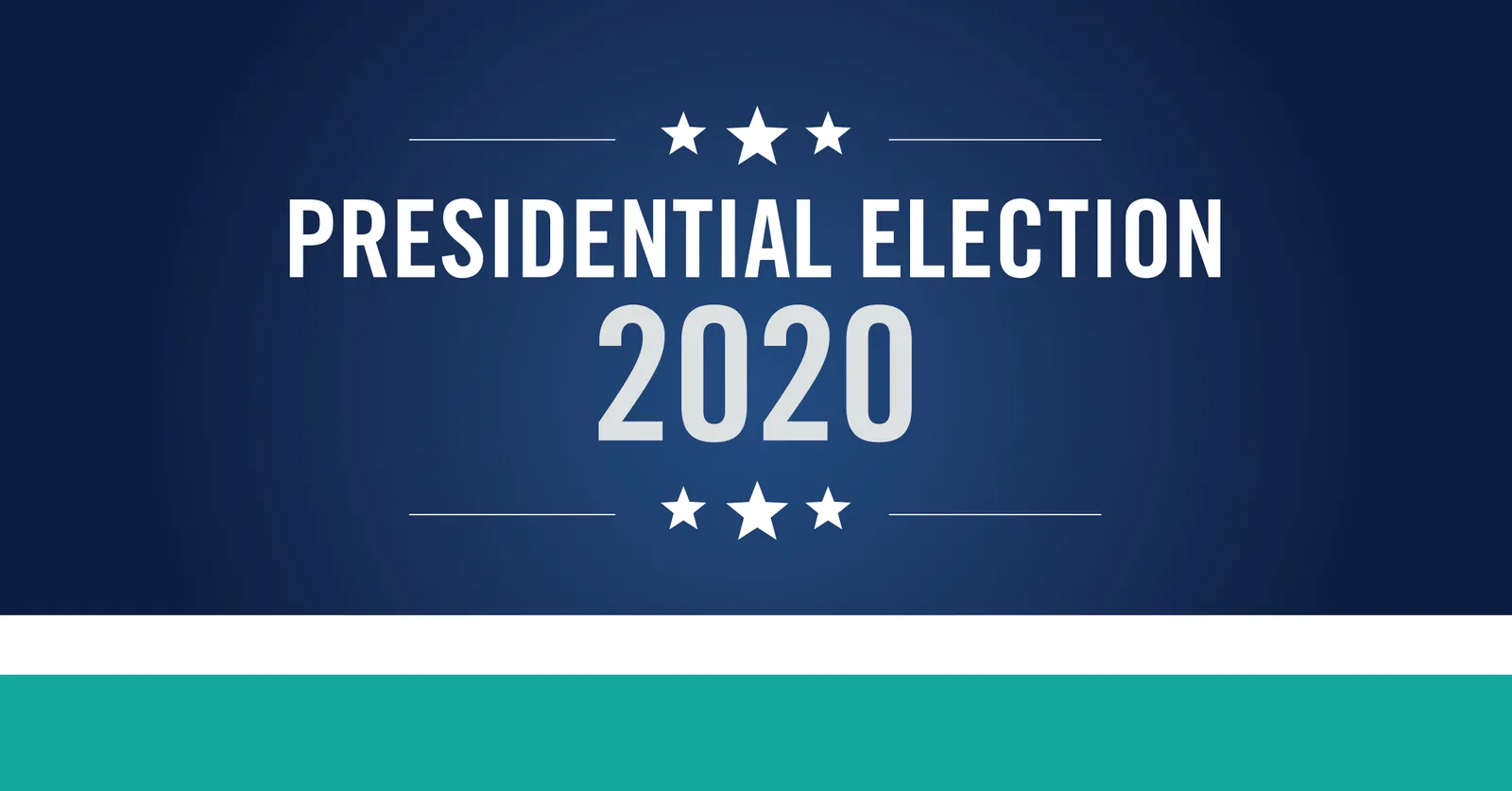The pervasiveness of uncertainty in our lives has rarely been more obvious to us than right now. From a global pandemic that has killed over a million people to the scale of the protests following the murder of George Floyd, this year has not been what we expected. With the US election approaching, many people have turned to forecasts, such as those produced by Five-Thirty-Eight and The Economist, to quantify the chance of different scenarios playing out.
Most of these forecasts currently predict a Biden victory with a probability of around 90 percent. One way to think about this is to imagine drawing a name from a hat containing nine pieces of paper with “Biden” written on them and one piece with “Trump”. Whilst this is an improvement on the way that many people interpret probabilities, it doesn’t fully capture the uncertainty we face in the real world.
Risk and uncertainty
The economist Frank Knight, writing about uncertainty as the Spanish Flu was sweeping across the globe, proposed a distinction between calculable **risk **and **uncertainty. **Tossing a coin is an example involving risk — as is rolling a die, spinning a roulette wheel, or drawing a name from a hat. It is considered a risk because the underlying processes don’t change, the outcomes are clearly specified, and there is little ambiguity in what counts as a toss. This makes it possible to ascertain the probability of “heads” or “tails” by tossing the coin a large number of times or understanding its physical properties.
#politics #uncertainty #statistics #election-2020 #data-science
